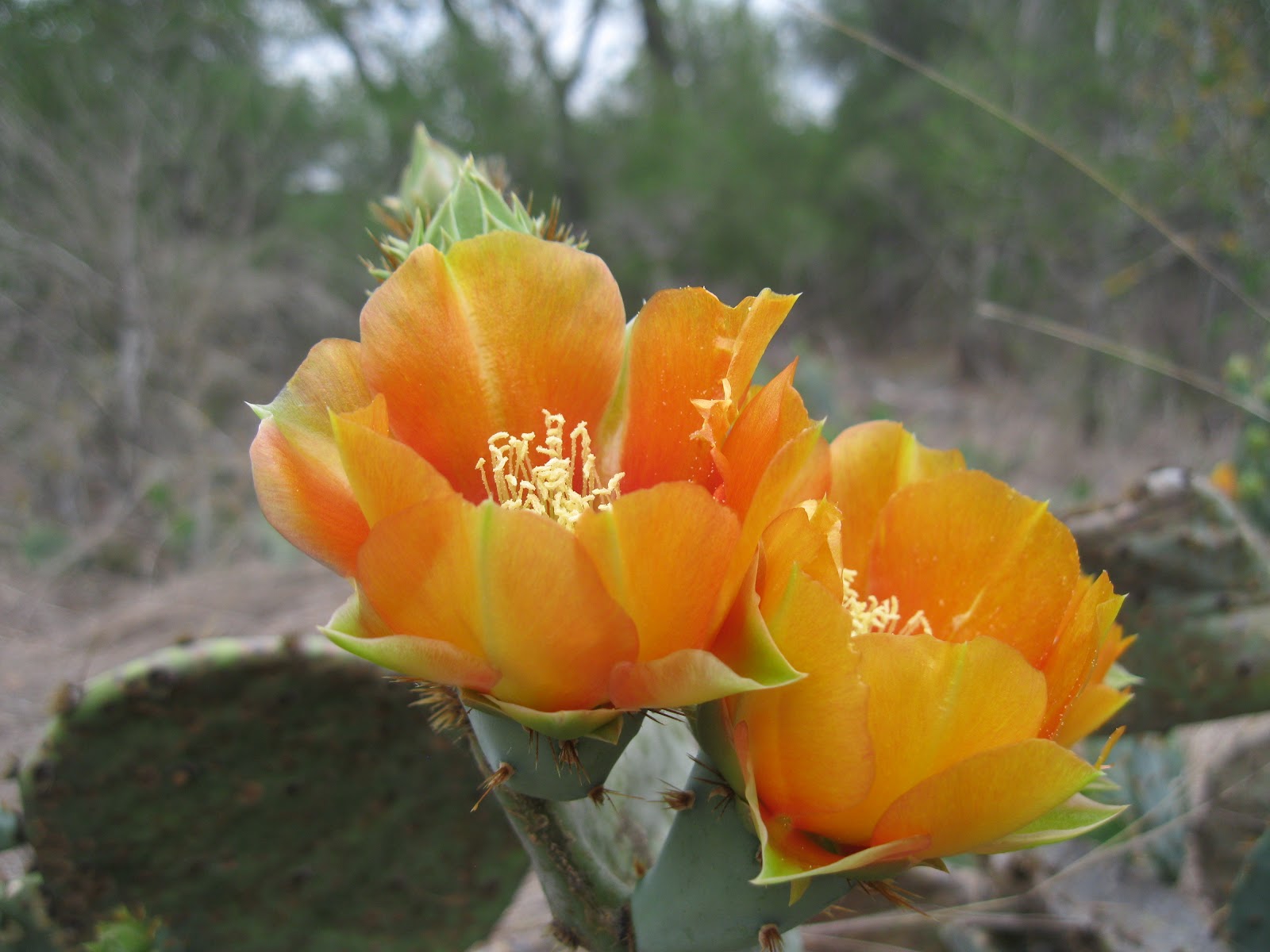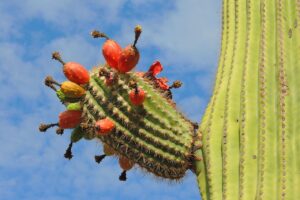Prickly pears—nature’s vibrant cactus fruit—are like jewels adorning the arid landscapes of the American Southwest. With their striking colors and ornamental beauty, these fruits tempt the senses and invite curiosity. But as allureful as they may seem, not all prickly pears are created equal in terms of edibility. It is paramount to delve into this world of succulent sorcery to ascertain which varieties are safe for consumption and which should be avoided.
The core of the prickly pear’s charm lies in its diversity, showcasing a spectrum of textures and tastes. However, navigating this prickly terrain calls for prudence and discernment. Let us explore the edible realm of prickly pear varieties, ensuring the adventurous palate is well-informed.
Understanding the Prickly Pear: From Plant to Palate
The prickly pear, scientifically known as Opuntia, belongs to the Cactaceae family. With over 100 species worldwide, they punctuate deserts and scrublands. At first glance, these cacti create an inviting scenario with their striking pads and vivid fruits, but a closer inspection reveals the numerous spines—glochids—that can ensnare the unwary. Caution is key; these sharp defenses pose more than a mere inconvenience.
The edible parts of the prickly pear include both the pads, often referred to as nopales, and the fruits, known as tunas. Rich in vitamins, minerals, and dietary fiber, these components bestow numerous health benefits while tantalizing the taste buds with their subtly sweet flavor. When cooked, nopales adopt a tender texture reminiscent of green beans. In contrast, the fruits offer a sweet, juicy burst, akin to a combination of watermelon and bubblegum, a true sensory delight.
A Tidbit on Toxicity: Not All Prickly Pears are Palatable
Despite their enticing profile, certain species of prickly pear are not suitable for human consumption. It is crucial to understand that while many varieties are delectable, others may possess undesirable, even toxic characteristics. Knowing how to discern the edible from the inedible is essential for any forager or culinary enthusiast. The well-known Opuntia ficus-indica is commonly cultivated for its delectable fruits, while other varieties like Opuntia engelmannii also present edible options. However, one must remain wary of the less popular members of the family, as some species can cause digestive discomfort or allergic reactions.
Exploring Edibility: The Spotlight on Popular Varieties
As we delve deeper into the prickly pear tapestry, let us spotlight notable edible varieties. The appreciation begins with the beloved Opuntia ficus-indica. This species is not only renowned for its luscious fruit but also for its culinary versatility. Culinary traditions weave it into salads, desserts, and even beverages, celebrating its sweet-tart flavor.
Meanwhile, Opuntia engelmannii, also known as Engelmann’s prickly pear, is adored across the southwestern United States. With a fruit resembling bright magenta stars, it boasts a taste that can be described as a gentle sweetness, ideal for jams and jellies. For those keen on integrating the pads into their diet, the young pads of this variety are exceptionally tender and nutritious, offering a delightful addition to various dishes.
Transitioning to the prickly pear confederation, one finds the enchanting Opuntia basilaris or beavertail cactus. While often noted for its aesthetic charm, beavertail bear fruits that are equally delectable. They are smaller than those of other varieties, yet they bring forth a flavor intensity that can transform a simple dish into a culinary masterpiece.
Harvesting Considerations: Choosing the Right Prickly Pear
Before embarking on a prickly pear adventure, it is crucial to consider the timing of harvest. The summer months are typically ideal, as fruits ripen to their peak sweetness. Pay attention to color—ripe prickly pears turn deep reddish, purplish, or even golden hues. Gentle handling is essential, as they can bruise easily. Remember also to wear gloves to fend off the glochids; these minuscule spines can wreak havoc on the skin.
While harvesting, engage all senses. Breathe in the desert scent, observe the vibrant palette, and, when possible, taste a small piece to ensure the fruit meets your palate’s approval. Once harvested, the fruits can be consumed fresh, juiced, or preserved through canning. They pack a nutritious punch—a veritable feast for the body and soul.
Conclusion: A Delicious Exploration Awaits
The exploration of prickly pears beckons adventure and intrigue, inviting individuals to forge a connection with nature while savoring its bounty. Understanding which varieties are fit for consumption is not simply a matter of safety but an appreciation for the richness that nature provides. In this vibrant realm of prickly pears, knowledge is the compass that guides the curious towards edible treasures that await discovery. Enjoying their succulent delights can transform an ordinary meal into an extraordinary feast, demonstrating that nature’s seemingly prickly persona often hides the sweetest of secrets.





Leave a Comment